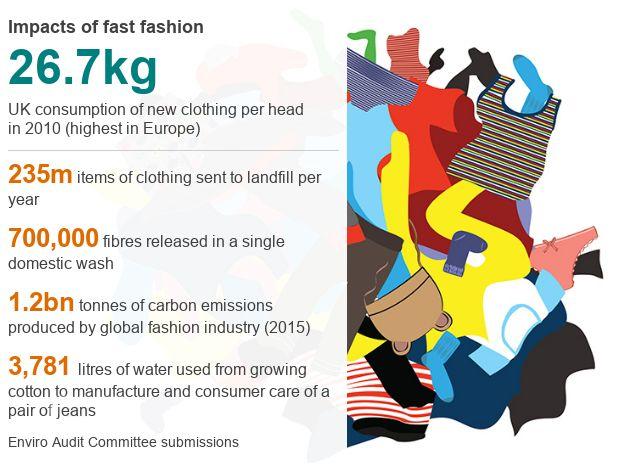
2 minute read
1. Introduction
1. Introduction
Since the beginning of the industrial revolution in the late 18 th century, came the era of large scale mechanized production lines and mass manufacturing of goods. The textile industry was among the first to be fully mechanized, with the advent of the power loom.(Landes, 2003) The quest for raw materials to meet the demands of the manufacturing industry led to the British Empire turning towards its colonies for raw materials such as spices, tea, silk, cotton, opium, etc.(Brain, 2019) This in time, reshaped history and paved way to the industrialized world that we currently know and live in. Along with industrialization came the increased use of earth’s resources to meet the demands of mass production and a rapid rise in pollution of the environment. From the turn of the current century, there has been an increased focus on sustainability and protection of the earth from environmental degradation. As per the dictionary, sustainability is defined as “a method of harvesting or using a resource so as to not deplete or damage it permanently.”(Merriam-Webster Dictionary, 2020). With the ever increasing population, there is a tremendous strain on the earth to supply enough resources for survival. This is compounded by uneven distribution of wealth and access to resources which leads to unsustainable consumption patterns throughout the world.(The University of Nottingham, 2019) Therefore, it is crucial that sustainability is adapted for our manufacturing industries. Sustainability can be divided into three pillars, as shown in Figure 1 below.
Advertisement
Figure 1. The Three Pillars of Sustainability Image Source: (The University of Nottingham, 2019)
The three pillars or dimensions include sustainability in terms of: 1. Economic viability – To make decisions that help create sustainable, accessible, efficient and environmental friendly economies.
2. Social equity - Ensuring equal access to resources, improving quality of life, creating equal opportunities and thriving new communities.
3. Environmental protection – To ensure that the environment is not degraded and the resources are not completely depleted, while meeting the economic and society’s requirements.
Achieving sustainability in fashion industry is even more imperative due to the massive impact it has on the planet, as illustrated in Figure 2 below. There is high consumption of resources and waste produced throughout the lifecycle of apparel production. This case study looks into the application and issues of sustainability in the fashion / apparel industry by analysing the sportswear brand, Nike, Inc.
Figure 2. Environmental impact of the fashion industry Image Source: (Harrabin, 2019)

Nike is a multinational powerhouse headquartered in Oregon, USA. It is the world leader in athletic footwear, apparel, sports equipment industry. Nike has suppliers around the world and is involved in massive supply chains; to produce, transport and sell sportswear globally. Hence, this brand provides the perfect opportunity to analyse various sustainability concepts already being implemented and how they can be improved.






